How to grow parsley root – a historic and nutritious crop that gives two different harvests
It is a dual-purpose vegetable – the taproot is similar to parsnips while the foliage can be used like parsley
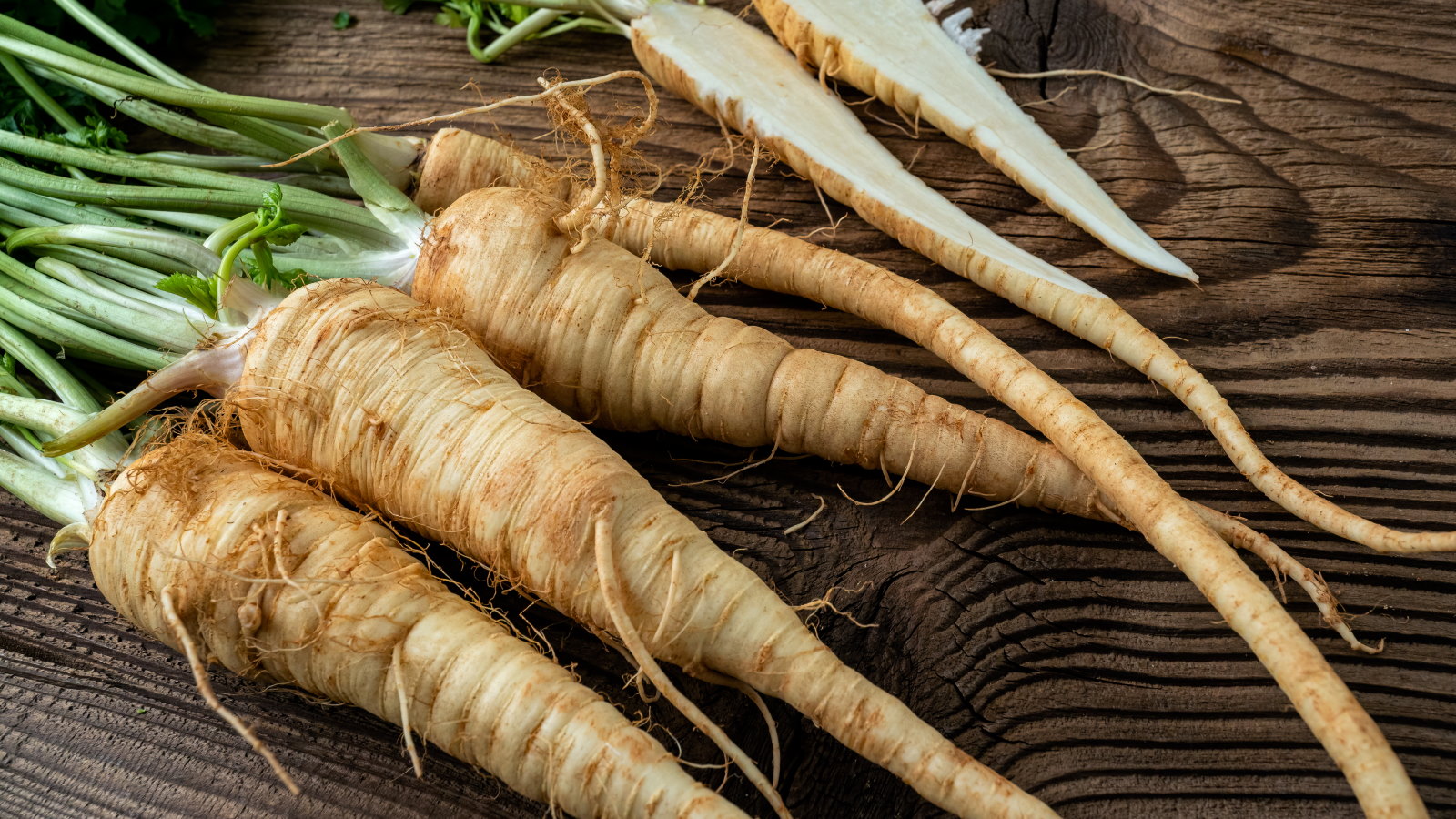

If you are looking for a unique dual-purpose vegetable packed with nutrition and flavor to add to your kitchen garden, you are in the right place. It might be time to discover how to grow parsley root to add this historic crop to your planting plants for next year.
Growing parsley root is simple, but it requires a bit of patience. However, while you wait for the flavorful edible roots to develop you can still harvest the edible leaves. When the root is ready in the fall, it is highly versatile and can be used in many ways in the kitchen. The potential uses for homegrown parsley root include, but are not limited to, boiling, roasting, sauteing, pureeing, or adding to stews.
There are many reasons to grow parsley root, including a host of health benefits from using both the roots and leaves. Parsley root is a great crop to grow and not one commonly seen in many people’s vegetable garden ideas nowadays. But I believe there is a lot to discover about this crop and do hope to see more people growing it in the future.
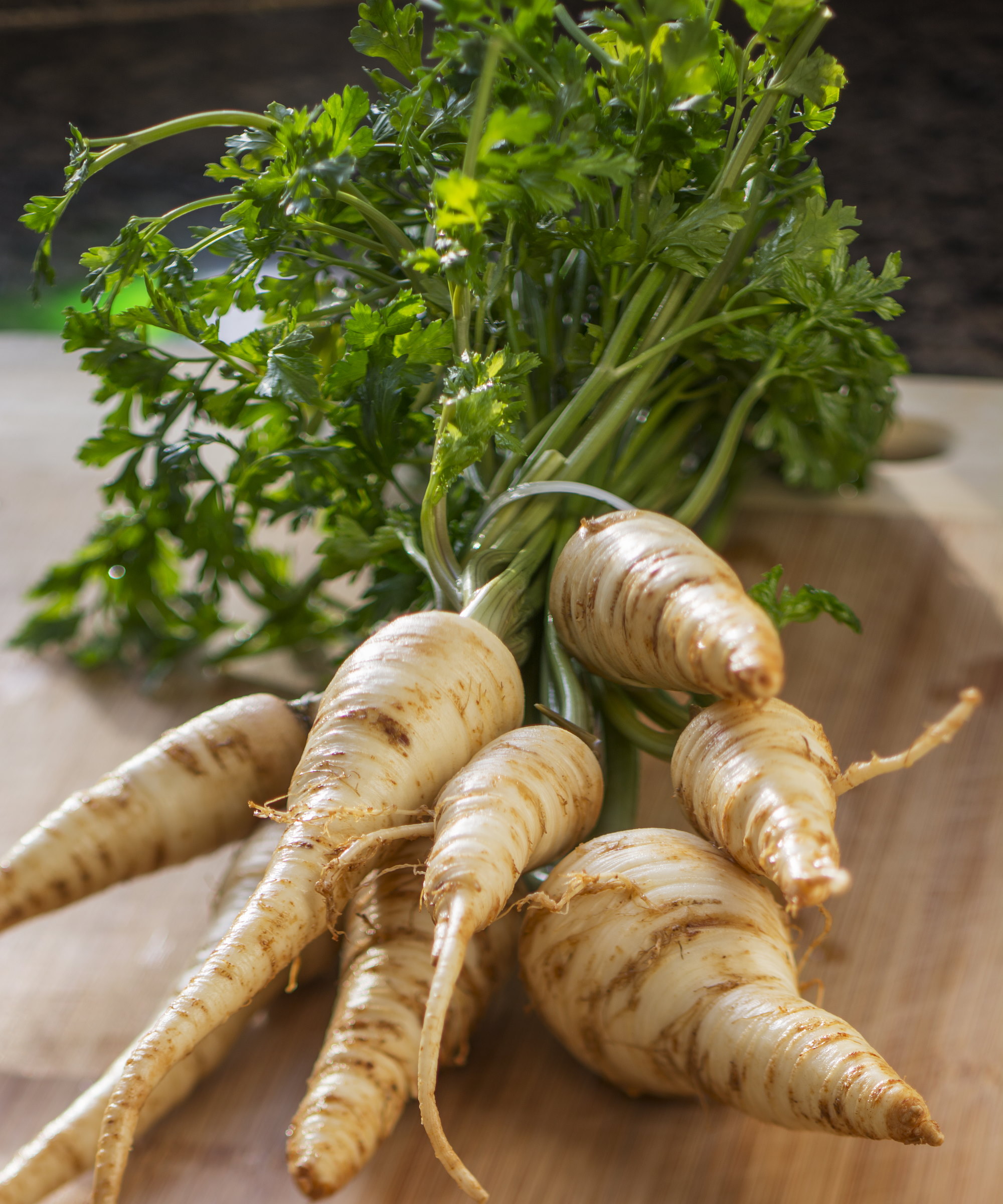
What is parsley root?
Parsley root is an old heirloom vegetable known by many names, including Hamburg parsley, Dutch parsley, and rooted parsley. It produces edible taproots, similar to parsnip but thinner.
These roots have a sweet and earthy flavour and are high in antioxidants, vitamin C, potassium, and iron. In addition to the roots, the leaves are edible and can be added to dishes or used as garnish. Parsley root is related to the herb parsley.
How to grow parsley root from seed
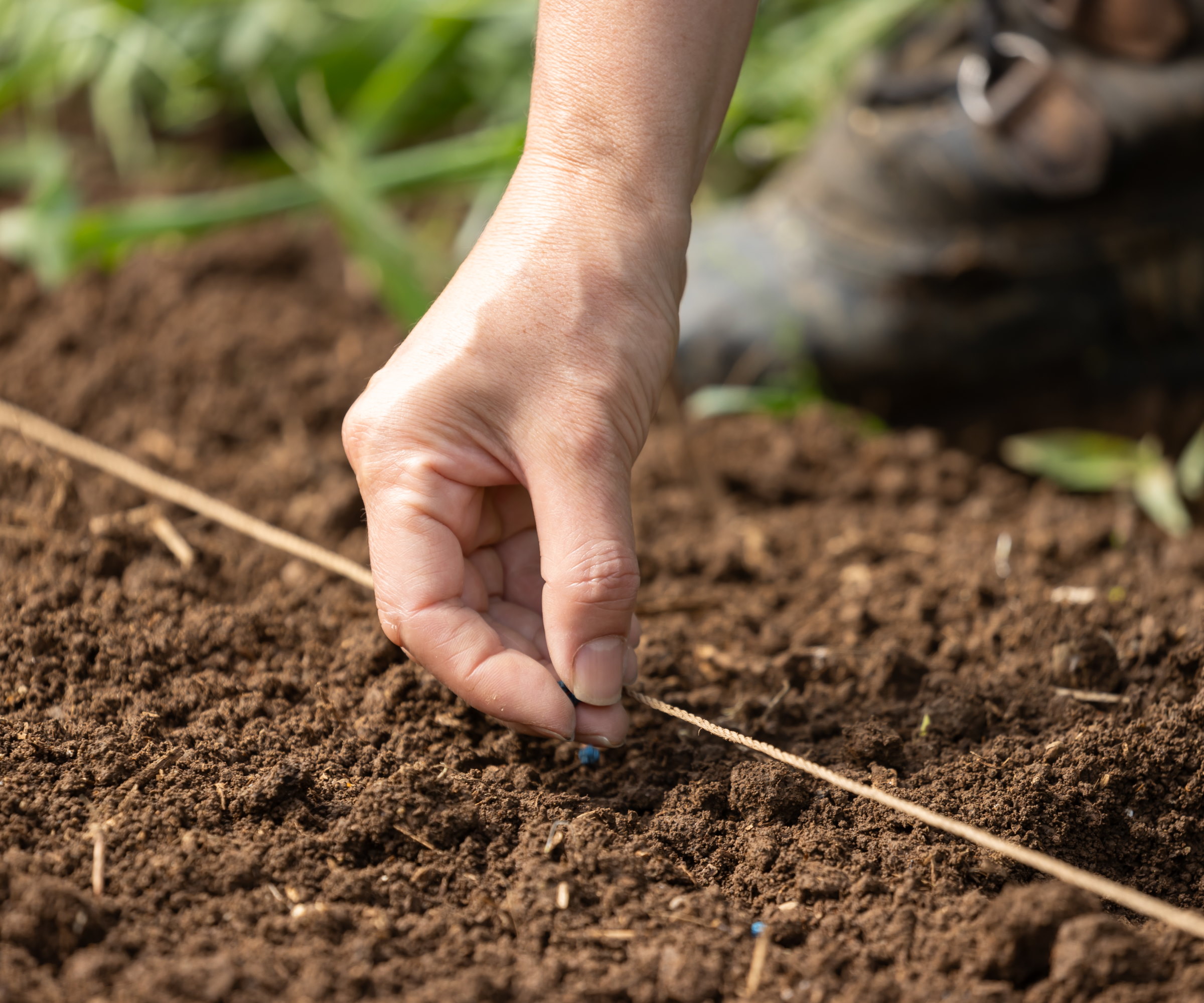
Parsley root or Hamburg parsley seeds are commonly available in garden centers or online to sow in backyard kitchen gardens. The crop has a long growing season and is sown in spring to harvest in the fall. You can plant the vegetable seeds indoors or outdoors, depending on your US hardiness zone.
Before sowing the seeds, Ashleigh Smith, managing editor of True Leaf Market, advises how Hamburg parsley seeds benefit from cold stratification before planting. This period of cold helps to bring the seeds out of dormancy and Ashleigh recommends: ‘Cold stratification can be done by storing the seeds in the fridge for a few weeks.’ It is also beneficial to soak the seeds in warm water for 12 hours before sowing.
- Planting seeds outdoors: Growers in warmer climates, where the soil warms up earlier in spring, can sow seeds outdoors directly into the growing space. Thinly sow the seeds a half-inch deep and an inch apart in rows 12 inches apart. Keep the soil consistently moist, however, the seeds are slow to germinate so it may be 3-4 weeks before they appear. Once the seedlings start to grow, thin them to three inches apart.
- Planting seeds indoors: Those in cooler climates will benefit from sowing indoors around 5-6 weeks before their last frost date in spring. Sow seeds indoors into pots filled with seed compost and place them somewhere warm, such as a greenhouse or a warm windowsill. Keep the pots moist and transplant the seedlings into the vegetable garden once the plants reach a few inches tall and the risk of frost has passed.

Ashleigh Smith is the Managing Editor at True Leaf Market with a bachelor's degree in horticulture from Brigham Young University - Idaho. True Leaf Market is a nationally certified organic, non-GMO seed and horticultural company based in Salt Lake City, Utah.
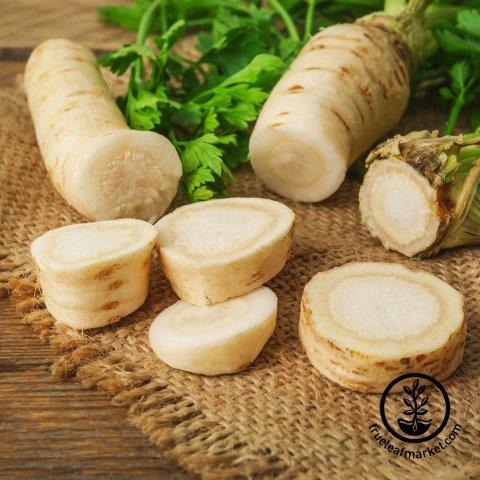
A pack of non-GMO heirloom parsley root seeds to grow for deep-green fresh herby leaves and edible roots.
Maintenance tips for parsley root
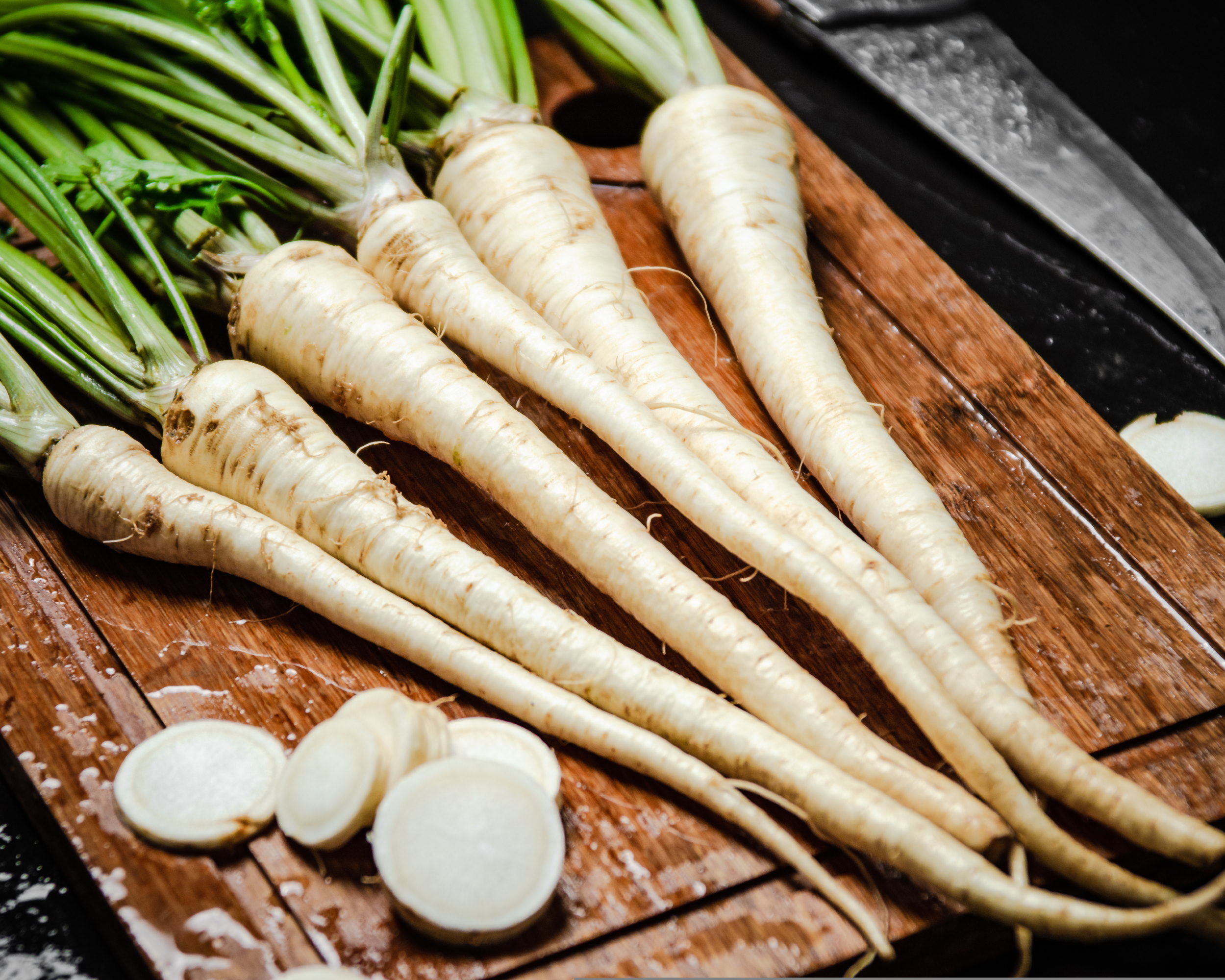
- Soil: Parsley root plants can grow in full sun or part shade. It is a good vegetable for shade and can tolerate as little as three hours of sunlight a day. Growing the crop in the part shade is recommended in warmer climates, as parsley root can bolt in hot and dry conditions. The crop can grow in the ground, in a raised bed, or a deep container. Wherever you grow plants, parsley root wants a fertile and well-draining soil type. Ashleigh Smith claims that parsley root ‘can tolerate poor soils’ but is not ideal. She adds: ‘It is best to grow parsley root in loamy soils, as rocky or hard clay soils can cause shorter or split roots.’ Prepare the bed before sowing seeds directly, including removing weeds and stones, and add compost to the planting site to improve soil structure, moisture retention, and drainage.
- Watering: Regular watering is important to get a good harvest. Parsley root prefers consistently moist soil with around 1-2 inches of water per week and keeping the soil moist in summer is key as dry soil can cause the roots to fork. The crop will benefit from regular deep watering as the tap roots develop.
- Feeding: Adding organic matter, such as compost or well-rotted manure, to the soil before planting will provide all the nutrients that parsley root needs. Take time to eliminate weeds that will compete for water and nutrients throughout the growing season to ensure the crop gets all the goodness it needs. Ashleigh Smith says a ‘mid-season’ feed with a potassium-rich fertilizer - such as this kelp and fish plant food at Walmart - can give root crops an additional boost of nutrients. Avoid using high-nitrogen feeds on the crop, as this would encourage lots of leaf growth rather than root development.
- Harvesting: Root parsley can be harvested for both its leaves and roots. The edible leaves can be used like parsley and cut from the plant once they are large enough to use. Remove the outer leaves and do not cut too many each time as they will regrow for further harvests. The root takes 100-120 days to reach maturity and will be ready to harvest in the fall once the roots reach 6-8 inches. Use a garden fork to gently lever the root out of the soil without damaging it and remove the stalks from the root. The harvested roots will last for around a week in a refrigerator, or can be stored unwashed and packed in a container of dry sand somewhere dry and cool for months.
FAQs
Is parsley root the same as parsley?
Parsley root (Petroselinum crispum var. tuberosum) is related to the herb parsley (Petroselinum crispum). It is a sub-species of parsley that is predominantly grown for the large taproot. An edible taproot is not produced when you grow common flat-leaf or curly varieties of parsley in a herb garden.
Can I eat raw parsley root?
Parsley root can be eaten both raw and cooked. The most common way to eat raw parsley root is to grate or thinly slice the roots to add to salads or coleslaw. Most people recommend cooking parsley root, which develops the flavor of the crop.
Parsley root is often said to resemble parsnips with its long tapered light-coloured roots. However, they are distinctly different as parsnips are bigger out of the two roots and have a stronger flavor than parsley root.
Growing parsnips does need patience, as the roots have a long growing season, but the root vegetables are simple to cultivate and can provide tasty harvests throughout fall and winter.
Sign up to the Homes & Gardens newsletter
Design expertise in your inbox – from inspiring decorating ideas and beautiful celebrity homes to practical gardening advice and shopping round-ups.

Drew’s passion for gardening started with growing vegetables and salad in raised beds in a small urban terrace garden. He has worked as a professional gardener in historic gardens and specialises in growing vegetables, fruit, herbs, and cut flowers as a kitchen gardener. That passion for growing extends to being an allotmenteer, garden blogger, and producing how-to gardening guides for websites. Drew was shortlisted for the New Talent of the Year award at the 2023 Garden Media Guild Awards.
-
 Are you making the most out of the estate sales in your area? These are the 5 most valuable items you should be shopping for
Are you making the most out of the estate sales in your area? These are the 5 most valuable items you should be shopping forVintage lovers and antique experts share the objects you should always look out for when you're exploring an estate sale
By Eleanor Richardson
-
 How to grow sassafras – for a low-maintenance native tree that can even be planted in shady yards
How to grow sassafras – for a low-maintenance native tree that can even be planted in shady yardsFor an easy-to-grow North American tree, you will not find much better than sassafras
By Thomas Rutter
-
 7 of the best tomatoes for growing in pots – expert growers pick their top varieties ideal for large harvests from containers
7 of the best tomatoes for growing in pots – expert growers pick their top varieties ideal for large harvests from containersYou can enjoy bumper homegrown harvests in small spaces
By Drew Swainston
-
 These 5 plants can help you get the best, and potentially tastiest, broccoli ever – discover what to plant with broccoli, and what to avoid
These 5 plants can help you get the best, and potentially tastiest, broccoli ever – discover what to plant with broccoli, and what to avoidOur selection of vegetables, herbs, and flowers is perfect for companion planting with broccoli
By Drew Swainston
-
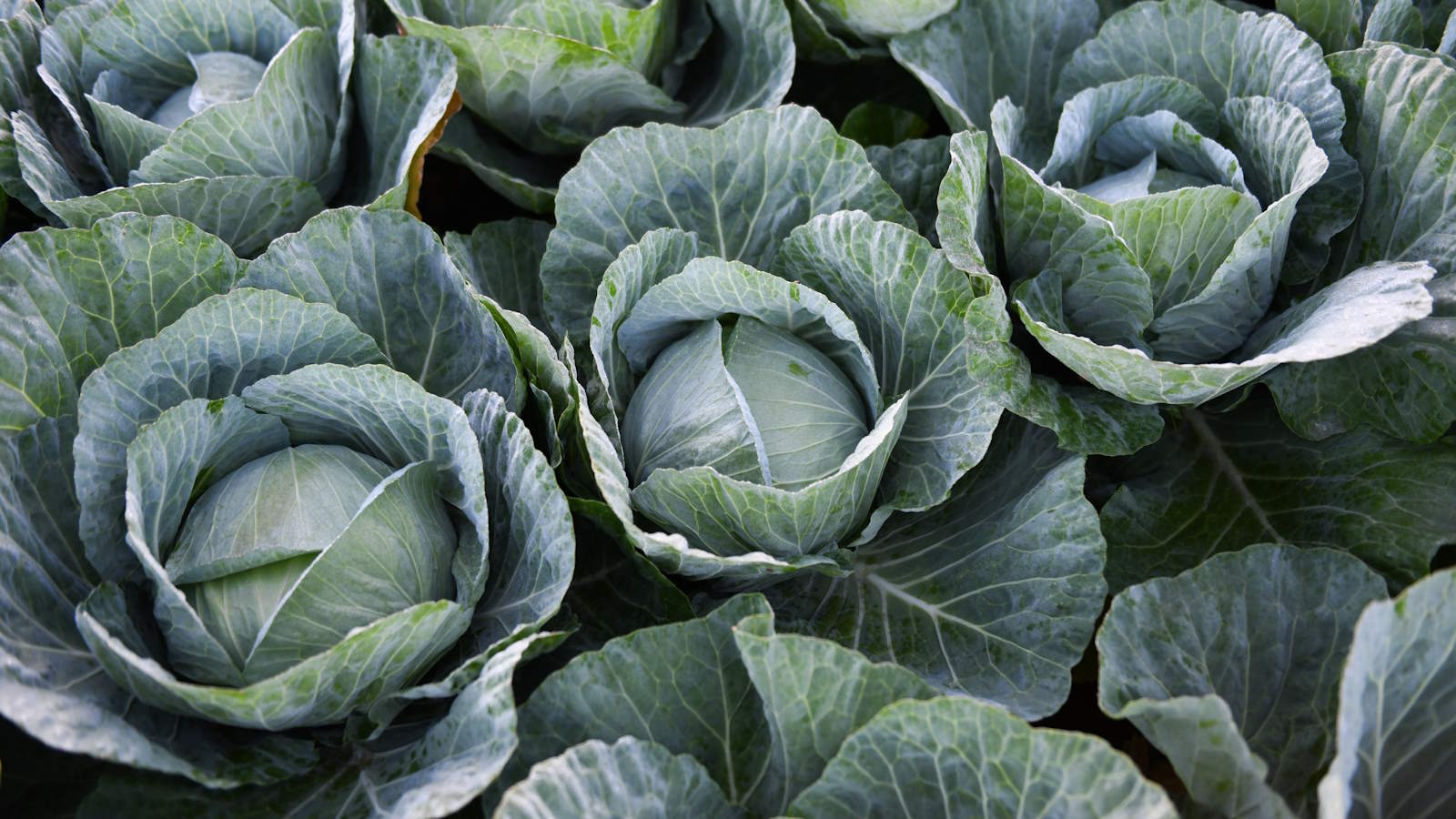 How to grow cabbages in containers – expert tips for top harvests in small urban spaces
How to grow cabbages in containers – expert tips for top harvests in small urban spacesYou can grow lots of different cabbages in pots, troughs, grow bags, or buckets
By Drew Swainston
-
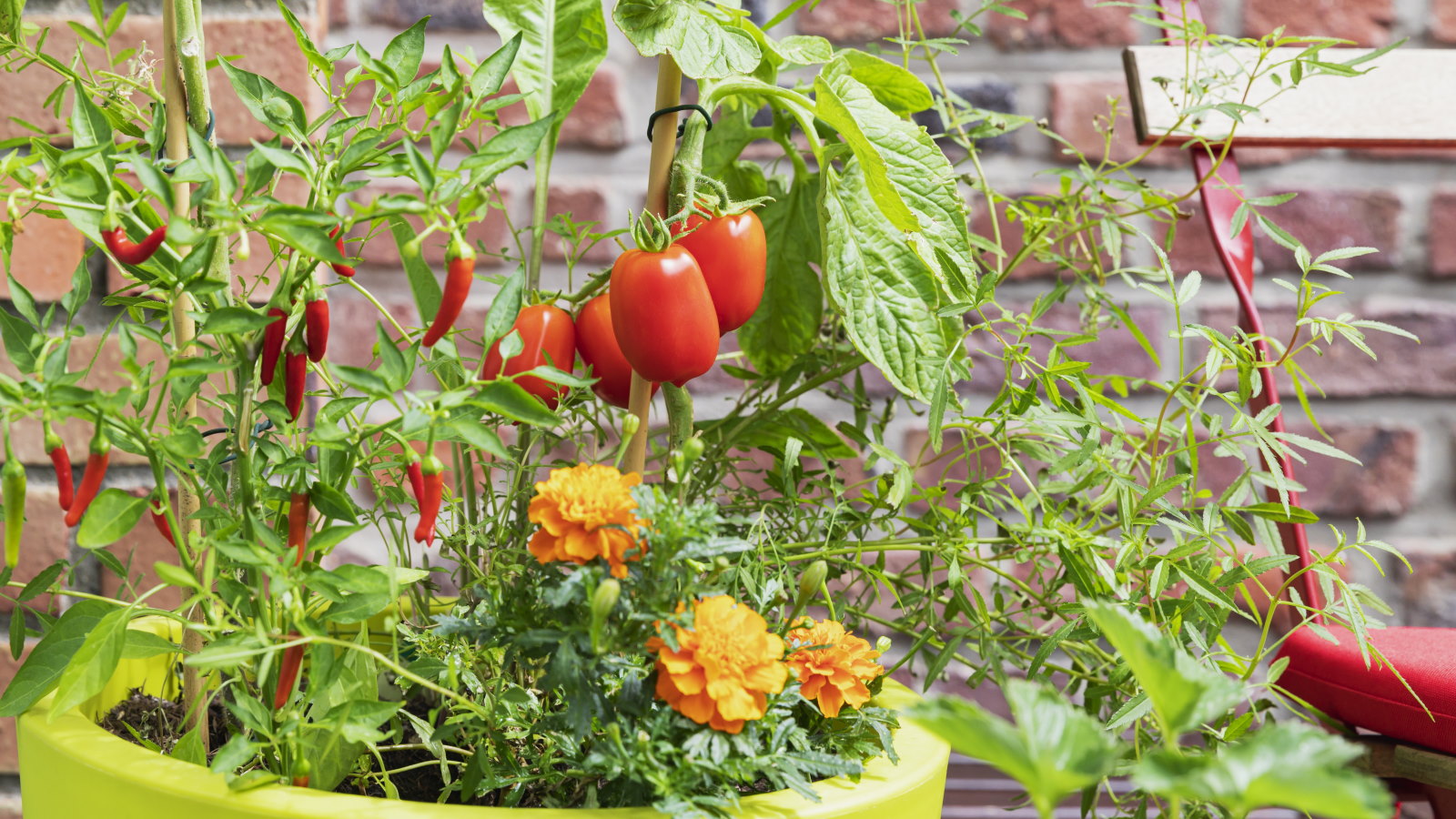 You'll get the best homegrown tomato crops if you plant them next to this one flower – discover why these two are a dream combination
You'll get the best homegrown tomato crops if you plant them next to this one flower – discover why these two are a dream combinationYour tomato plants will be pest-free and covered in fruits
By Drew Swainston
-
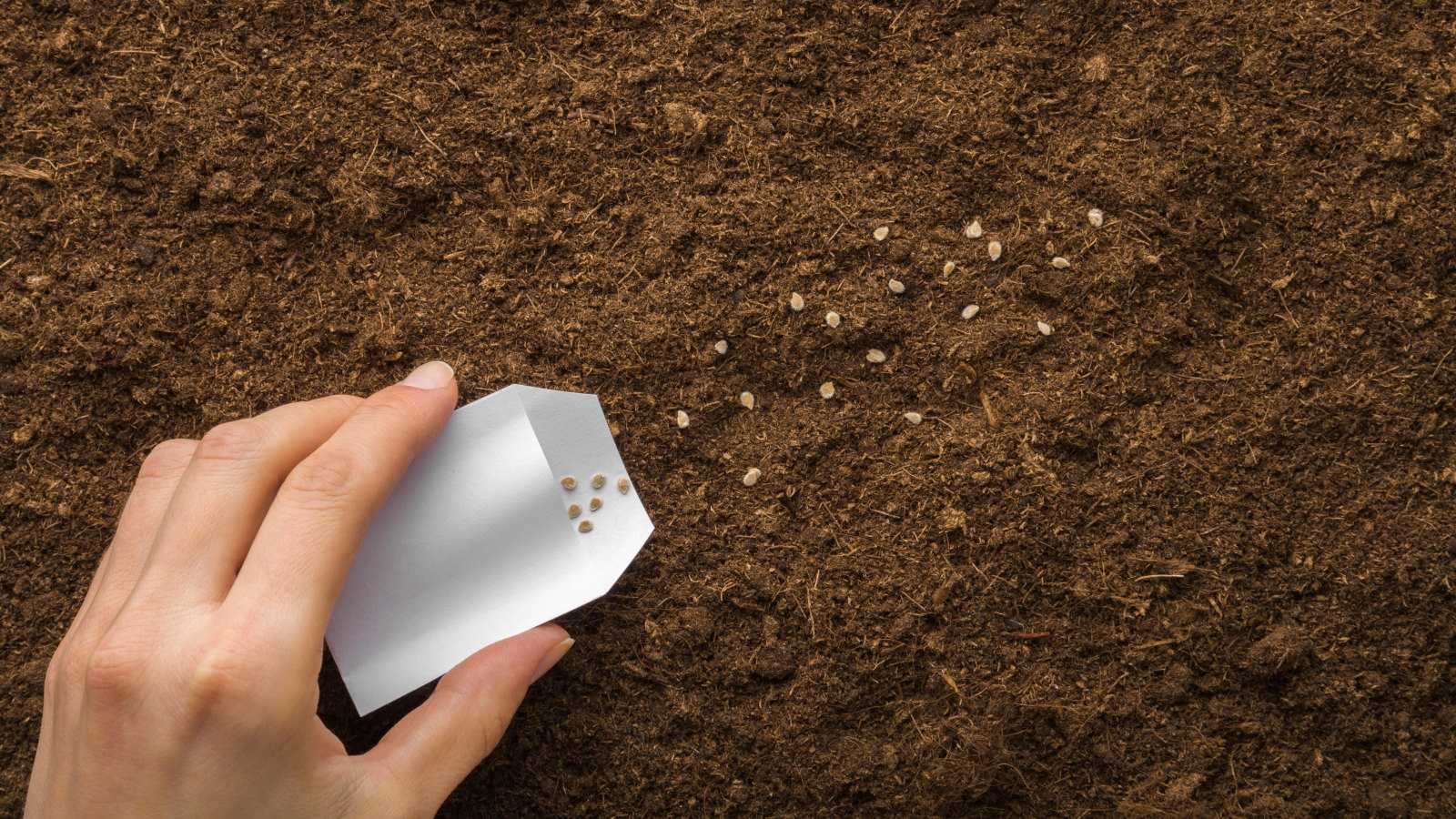 Direct sowing vs transplanting – our grow-your-own expert advises which is best, and shares 5 veggies you should always sow directly
Direct sowing vs transplanting – our grow-your-own expert advises which is best, and shares 5 veggies you should always sow directlyBoth approaches to sowing vegetables have pros and cons
By Drew Swainston
-
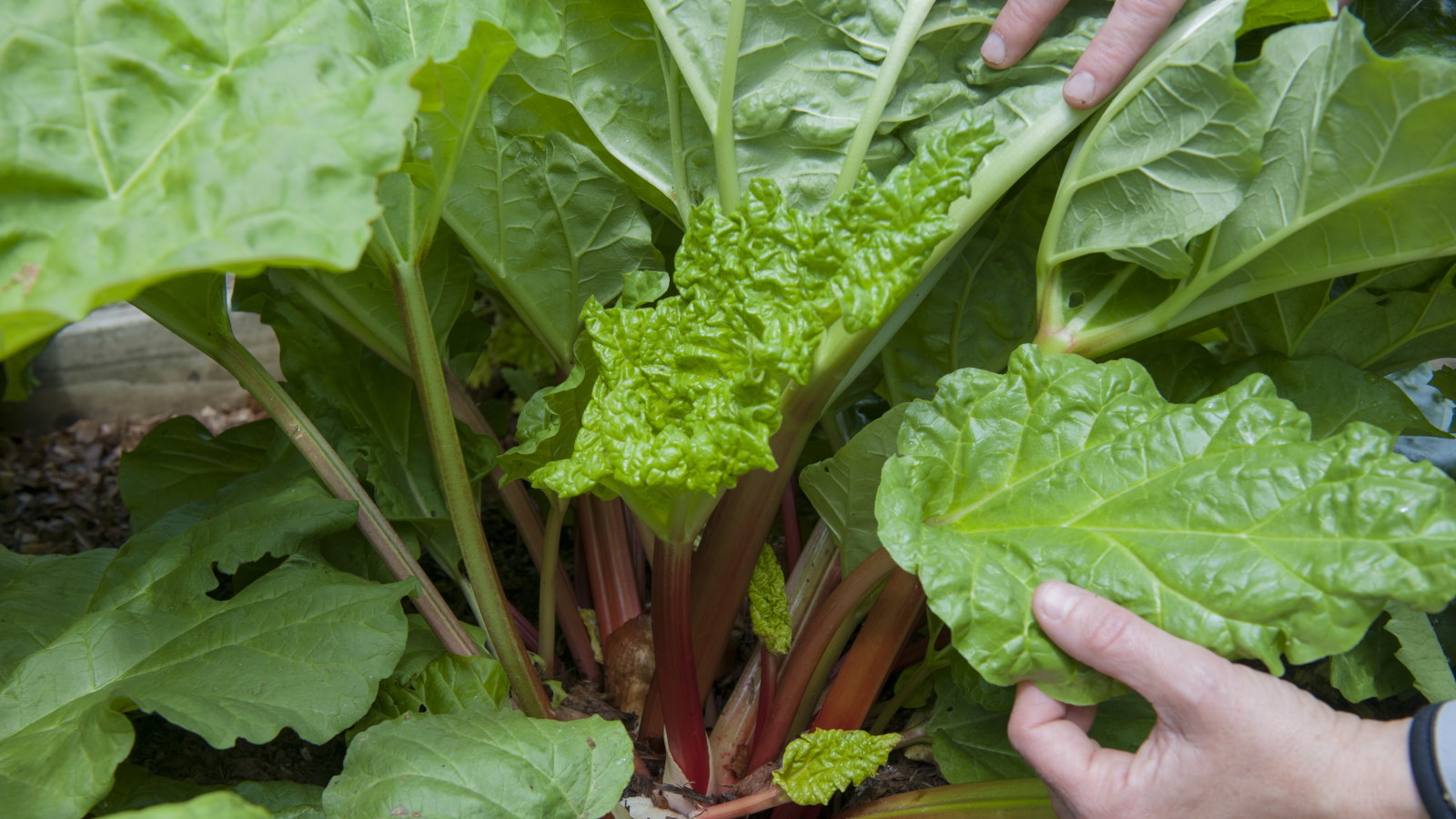 I grew rhubarb from seed for years – here’s exactly how to do it for guaranteed germination and healthy crops of fruit
I grew rhubarb from seed for years – here’s exactly how to do it for guaranteed germination and healthy crops of fruitGrowing rhubarb from seed is a cost-effective way to propagate plants, but it requires care and patience
By Drew Swainston
-
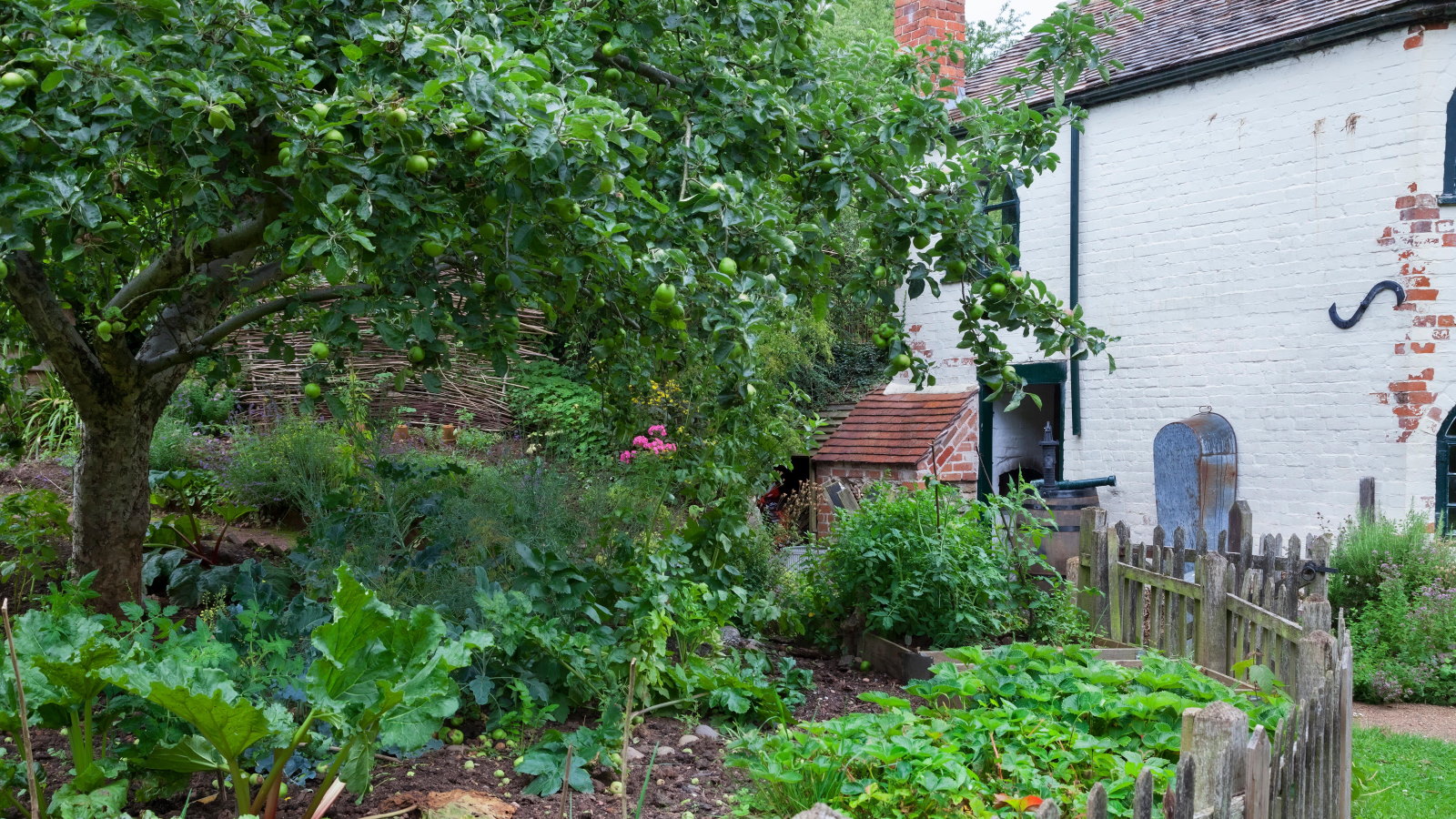 4 reasons you should plant trees in a vegetable garden – plus experts reveal the secrets to help you reap the rewards
4 reasons you should plant trees in a vegetable garden – plus experts reveal the secrets to help you reap the rewardsSee how agroforestry principles can help boost your soil and harvests
By Drew Swainston
-
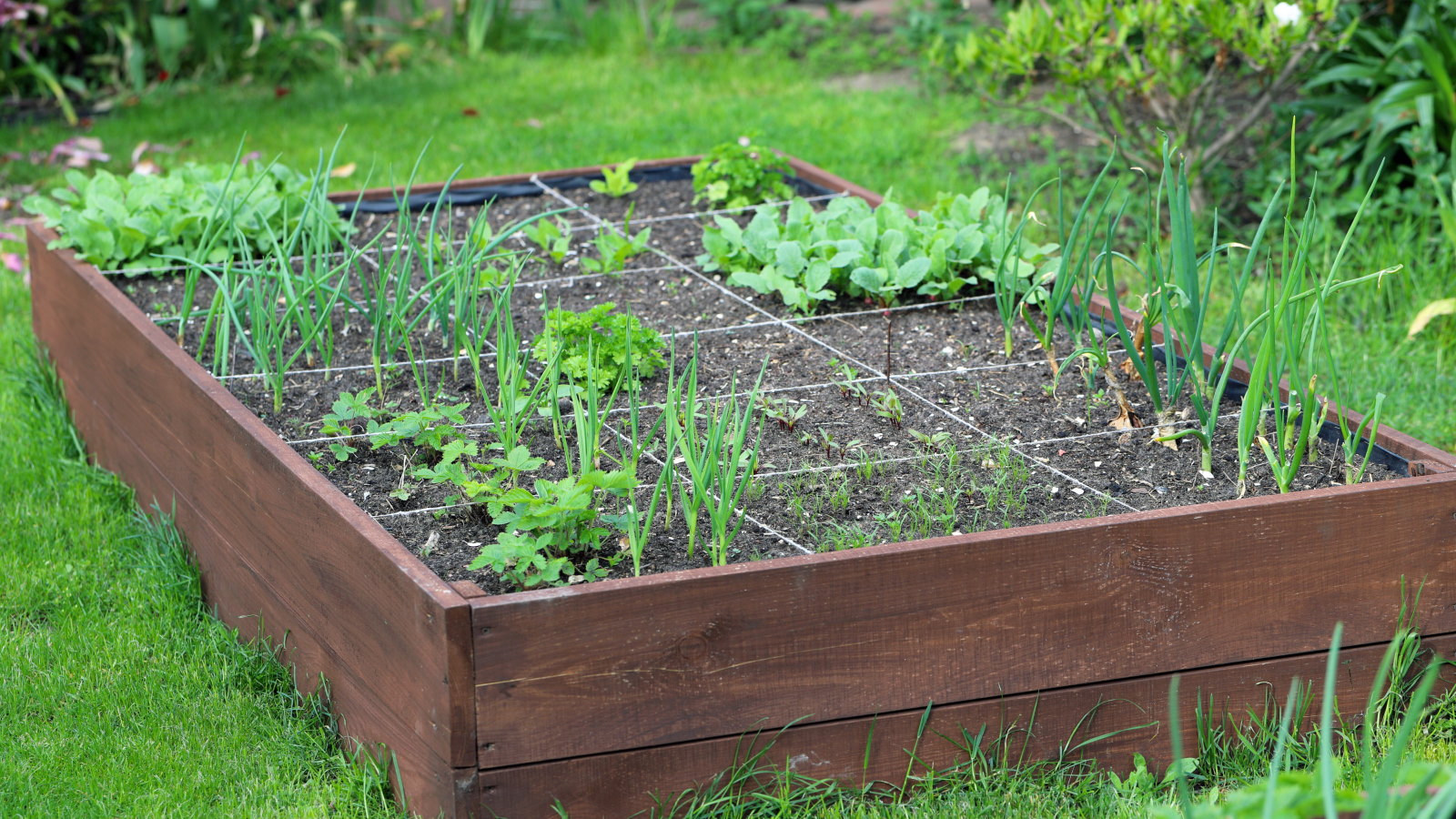 9 of the best vegetables to grow using the square foot gardening method – for big harvests in small spaces
9 of the best vegetables to grow using the square foot gardening method – for big harvests in small spacesPlus how many of each vegetable can be grown per square foot
By Drew Swainston